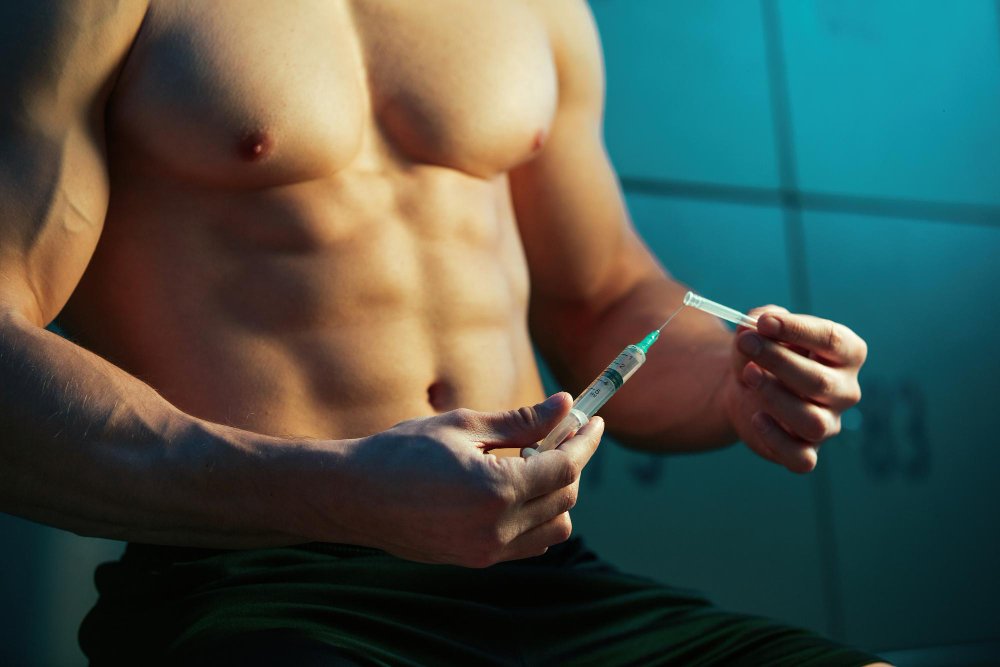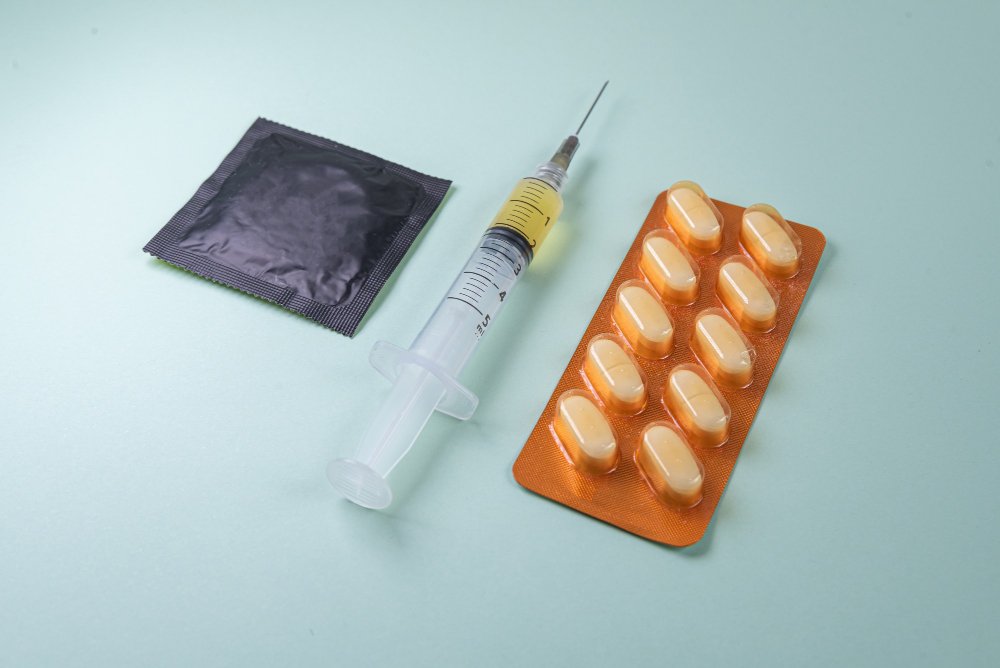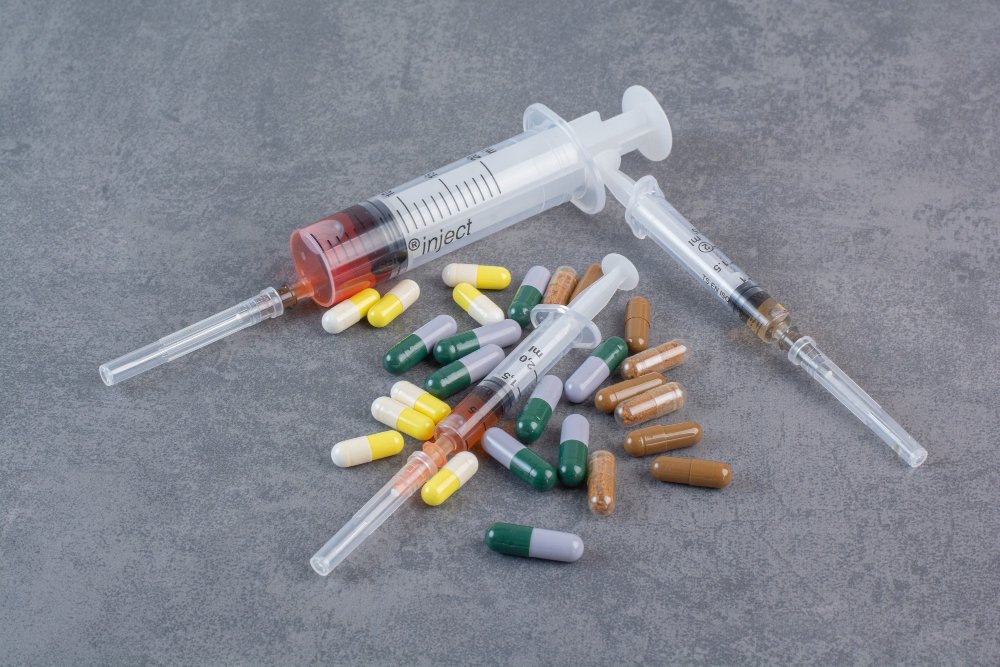How steroids can influence sexual performance in men. The pursuit of peak physical performance, a Herculean physique, or a competitive edge has led an estimated 3-4 million people in the United States alone to use anabolic-androgenic steroids (AAS). For many men, the initial allure is tangible: rapid gains in muscle mass, increased strength, and a dramatic reduction in body fat. Yet, beneath the surface of this sculpted exterior lies a tumultuous and often hidden battle—a war waged within the very endocrine system that defines masculinity. The relationship between anabolic steroids and sexual performance is not a simple narrative of enhancement or destruction; it is a complex, paradoxical, and dose-dependent saga that can swing from the heights of hypersexuality to the depths of a chemical castration.
To understand this rollercoaster, one must first journey into the command center of male sexuality: the hypothalamic-pituitary-gonadal (HPG) axis.
The Delicate Dance: The HPG Axis in a Nutshell
Imagine a perfectly calibrated feedback loop. This is the HPG axis.
- The Hypothalamus: Acting as the master regulator deep within your brain, the hypothalamus secretes Gonadotropin-Releasing Hormone (GnRH). This is the “starting gun.”
- The Pituitary Gland: GnRH signals the pituitary gland, a pea-sized organ at the brain’s base, to release two key hormones: Luteinizing Hormone (LH) and Follicle-Stimulating Hormone (FSH). These are the “work orders.”
- The Testes (Leydig Cells): LH travels through the bloodstream to the testes, where it binds to Leydig cells and commands them: “Produce testosterone.” This endogenous (self-produced) testosterone is the lifeblood of male virility. It drives libido, erectile function, sperm production, and a host of other physiological processes.
- The Feedback Loop: Once testosterone levels reach a sufficient threshold, it signals back to the hypothalamus and pituitary, telling them to slow down GnRH, LH, and FSH production. This negative feedback loop ensures a stable, homeostatic level of testosterone in the body.
This elegant system is what anabolic steroids hijack and dismantle.

The Initial High: The “Honeymoon Phase” of Steroid Use
When a man first introduces exogenous (external) anabolic steroids into his body, the initial effects on libido can be profoundly positive. This is the phase that often hooks users and fuels the popular myth that steroids are a sexual panacea.
Mechanism: The injected or oral steroids are synthetic testosterone or its derivatives. They flood the system with powerful androgens, rapidly saturating androgen receptors throughout the body and brain. The result is a dramatic, supra-physiological spike in anabolic signaling.
Sexual Effects:
- Skyrocketing Libido: Users often report an intense, sometimes uncontrollable, sex drive. The brain’s receptors are overwhelmed with the very hormone that fuels desire, leading to a state of near-constant arousal.
- Enhanced Aggression and Confidence: The androgenic effects can amplify feelings of dominance and self-assurance, which can psychologically translate into a more assertive sexual persona.
- Perceived Performance: The initial surge can create a powerful placebo and physical effect, making users feel “more of a man.”
This is the siren’s song of steroid use. It feels incredible. However, this peak is built on a foundation of sand, and the body’s regulatory systems are already sounding the alarm.
The Inevitable Crash: Suppression and Shutdown
The body is a master of homeostasis. It detects the massive, unending influx of exogenous testosterone and asks a logical question: “Why should we bother producing our own?”
This is where the negative feedback loop becomes a man’s worst enemy.
Mechanism: The high levels of synthetic steroids signal to the hypothalamus and pituitary that the body has more than enough testosterone. In response, they slam on the brakes.
- GnRH secretion plummets.
- LH and FSH production drops to near-zero.
With no LH to stimulate them, the Leydig cells in the testes fall silent. They stop producing natural testosterone. This state is known as hypogonadotropic hypogonadism—or, in layman’s terms, testicular shutdown.
Check also: A Scientific and Ethical Examination of Steroids in Bodybuilding
Sexual Effects of Shutdown:
This is where the paradox deepens. While the user is still taking steroids, the exogenous source is masking the shutdown. But the sexual problems are often just beginning, even during the “on” cycle.
- Erectile Dysfunction (ED): This seems counterintuitive. How can high testosterone cause ED? The answer lies in estrogen. A significant portion of exogenous testosterone is converted into estrogen via the aromatase enzyme in a process called aromatization. High estrogen levels in men can lead to:
- Water Retention: Causing swelling that can impede blood flow.
- Increased Sex Hormone-Binding Globulin (SHBG): This protein binds to sex hormones, rendering them inactive. High estrogen drives up SHBG, making even the exogenous testosterone less bioavailable.
- Direct Inhibition of Nitric Oxide (NO): NO is the crucial molecule for vasodilation, allowing blood to flow into the penis to create an erection. High estrogen can interfere with this process.
- Psychological Effects: Elevated estrogen can contribute to mood swings, anxiety, and depression, all of which are potent libido killers.
- Libido Rollercoaster: Libido can become unstable. It might be high one day and nonexistent the next, depending on the specific steroid compounds used, their aromatizing potential, and the user’s individual biochemistry.
The real crisis, however, typically arrives when the user stops taking steroids—a period known as Post-Cycle Therapy (PCT) or, more accurately, the “crash.”

The Aftermath: Post-Cycle Therapy and the Long Road to Recovery
When the external supply of hormones is cut off, the user is left in a catastrophic endocrine state. The testes are dormant and atrophied (“shrunken balls”), and the HPG axis is suppressed. The body has virtually zero testosterone and zero LH/FSH to restart production.
The Clinical Picture During the Crash:
- Catastrophically Low Libido: A complete and utter absence of sex drive. The thought of sex becomes irrelevant.
- Erectile Dysfunction: Without sufficient testosterone to drive desire and support the physiological mechanisms of an erection, achieving and maintaining one becomes impossible.
- Depression, Lethargy, and Brain Fog: Testosterone is crucial for mood and cognitive function. Its absence leads to a profound state of dysphoria, making the recovery period mentally grueling.
- Anxiety and Loss of Confidence: The very confidence the steroids provided evaporates, often replaced by social anxiety and a negative self-image.
The Role of Post-Cycle Therapy (PCT):
PCT is an attempt to “kickstart” the HPG axis back to life. It is not a cure, but a bridge through the most desolate period. It typically involves drugs like:
- Selective Estrogen Receptor Modulators (SERMs) like Clomid (Clomiphene) and Nolvadex (Tamoxifen): These block estrogen receptors in the pituitary, tricking it into thinking estrogen is low, which can stimulate the production of GnRH and, subsequently, LH and FSH.
- Human Chorionic Gonadotropin (hCG): Mimics LH, sometimes used at the end of a cycle to “prime” the testes before starting SERMs, preventing them from fully atrophying.
PCT is a delicate and often imperfect science. Recovery is not guaranteed and is almost never swift.
The Long-Term Consequences: When Temporary Becomes Permanent
The most frightening aspect of steroid-induced sexual dysfunction is its potential for permanence. The male endocrine system is resilient, but it is not indestructible.
- Permanent Hypogonadism: With each cycle of use, the HPG axis is battered. For some individuals, particularly those who use high doses for prolonged periods, the system may never fully recover. They are left dependent on lifelong Testosterone Replacement Therapy (TRT)—using doctor-prescribed testosterone just to function at a normal level, let alone a super-physiological one.
- Psychological Scarring: The experience of going from a sexual peak to a state of impotence can be deeply traumatic. The associated depression and anxiety can create a self-fulfilling prophecy of sexual failure, leading to long-term psychogenic ED even after hormonal levels have normalized.
- Physical Damage to the Testes: Chronic shutdown can lead to irreversible Leydig cell apoptosis (cell death) and testicular atrophy, making natural recovery impossible.
The Compound-Specific Minefield
Not all steroids are created equal. Their influence on sexual function varies dramatically based on their chemical structure.
- Testosterone-based compounds (Testosterone Enanthate, Cypionate, Propionate): Highly aromatizable. High risk of estrogen-related side effects like ED, water retention, and gynecomastia (development of breast tissue).
- Nandrolone (Deca-Durabolin): Notoriously brutal on libido. It metabolizes into dihydronandrolone (DHN), which has a high affinity for progestogenic receptors. Progesterone is a libido-suppressing hormone, and this action can devastate sex drive, often causing “Deca Dick” that can persist long after the cycle ends.
- Trenbolone: A powerful steroid that can cause a phenomenon known as “Tren Dick.” It is a poor substrate for the 5-alpha-reductase enzyme (which converts testosterone to the more potent DHT), but it can cause severe prolactin elevation. High prolactin is a direct inhibitor of sexual arousal and orgasm.
- Compounds with Low Aromatization (Anavar, Winstrol, Primobolan): These are often favored for their “milder” estrogenic profiles. However, they still suppress the HPG axis just as effectively. While they may cause fewer estrogen-related ED issues during the cycle, the user will still face the same catastrophic crash afterward.

The Psychological and Relational Toll
The impact of this hormonal chaos extends far beyond the individual’s biochemistry. It wreaks havoc on relationships and mental health.
- The Partner’s Perspective: A partner is often confused and hurt by the user’s Jekyll-and-Hyde sexual behavior—from a period of intense, sometimes aggressive pursuit to a complete withdrawal of intimacy and affection. This can lead to feelings of insecurity, rejection, and resentment.
- Identity Crisis: For many men, their sexual prowess is intertwined with their identity. To have that stripped away by a substance they took to enhance their masculinity creates a profound internal conflict.
- The Secrecy and Shame: The illicit nature of steroid use often forces users into a life of secrecy, unable to explain their erratic behavior to their partners, which only deepens the relational rift.
A Faustian Bargain
The story of anabolic steroids and male sexual performance is a modern-day Faustian bargain. The user makes a pact, trading his long-term endocrine health for a short-term explosion of physical power and virility. The initial payment is an intoxicating surge of libido and confidence. But the eventual debt collected is a devastating crash into a state of chemical castration, characterized by impotence, zero libido, and profound depression.
The body’s hormonal system, a masterpiece of evolutionary precision, is not designed to be overridden by blunt, exogenous chemicals. The feedback loops that maintain balance are ruthlessly efficient, and their suppression carries a heavy price. While some men may escape with only temporary dysfunction, others pay with a piece of their manhood permanently forfeit.
The pursuit of a better body should not come at the cost of a functional sex life and stable mental health. The promise of enhanced performance is a dangerous illusion, masking a reality where the ultimate performance—the very act of intimacy and connection—is often the first and most tragic casualty. The true path to sustainable vitality lies not in a vial or a pill, but in the slower, more demanding disciplines of consistent training, intelligent nutrition, and adequate recovery—a path that honors, rather than hijacks, the body’s innate wisdom.
